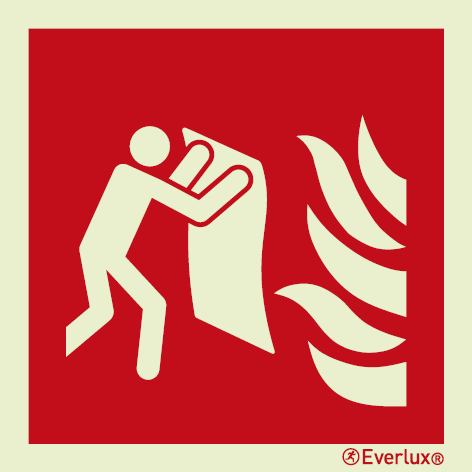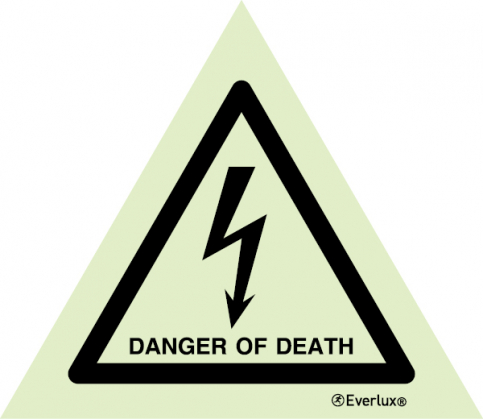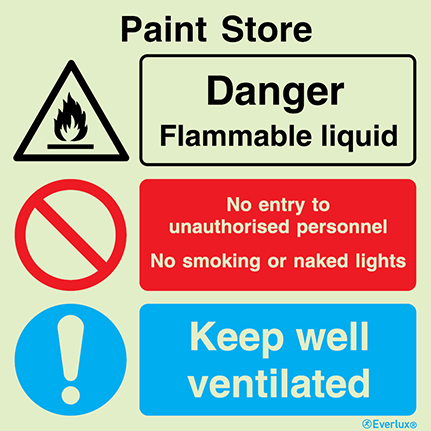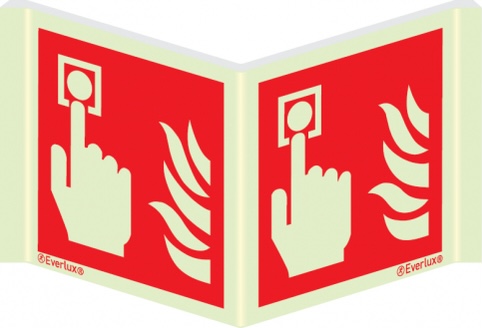Crucial significance: The vital role of commandment pictograms/IMO signs in safety and communication
Mandatory pictograms, else known as commandment pictograms, are important for several reasons, particularly in the context of safety and communication in various industries. These IMO signs are designed to convey essential information quickly and effectively, often in situations where language barriers or limited time are factors.
Here are some key reasons why mandatory pictograms are important:
Universal Understanding: Pictograms are designed to be easily recognizable and understood by people from different linguistic and cultural backgrounds. This universal appeal helps ensure that critical safety information is comprehensible to a broad audience.
Clarity and Consistency: Mandatory pictograms adhere to standardized designs and meanings, ensuring consistency in conveying specific messages. This consistency reduces the risk of misinterpretation and promotes clear communication.
Rapid Recognition: In emergency situations or when making quick decisions, people need information at a glance. Pictograms allow for rapid recognition and comprehension, saving valuable time in critical situations.
Reducing Language Barriers: In workplaces with diverse language speakers or in international settings, using pictograms alongside text helps bridge language barriers and ensures that everyone can access essential safety information.
Compliance with Regulations: Many industries and regulatory bodies require the use of specific mandatory pictograms to communicate hazards, safety instructions, or other critical information. Compliance with these regulations is essential for safety and legal reasons.
Reducing Human Error: Clear and standardized IMO signs can help reduce the potential for human error. When workers or individuals can easily identify and understand safety instructions or requirements, they are more likely to follow them correctly.
Minimizing Risk: By effectively communicating mandatory actions or precautions, such as wearing personal protective equipment (PPE), handling hazardous materials, or following specific safety procedures, pictograms contribute to minimizing risks and preventing accidents.
Educational Tool: Pictograms are valuable educational tools, especially for training new employees or teaching people about safety measures. They simplify complex concepts and make it easier for individuals to remember important information.
Conserving Resources: When people can quickly grasp safety information through IMO signs, it can lead to more efficient use of resources and reduce the need for extensive training or supervision.
Legal Liability: In cases of accidents or incidents, the use of mandatory pictograms can demonstrate that an organization took reasonable steps to communicate safety information, potentially reducing legal liability.
In summary, mandatory pictograms play a crucial role in enhancing safety and communication across various settings. They are vital tools for conveying important information in a clear, universally understandable, and standardized manner, helping to protect individuals and ensure compliance with regulations.
































